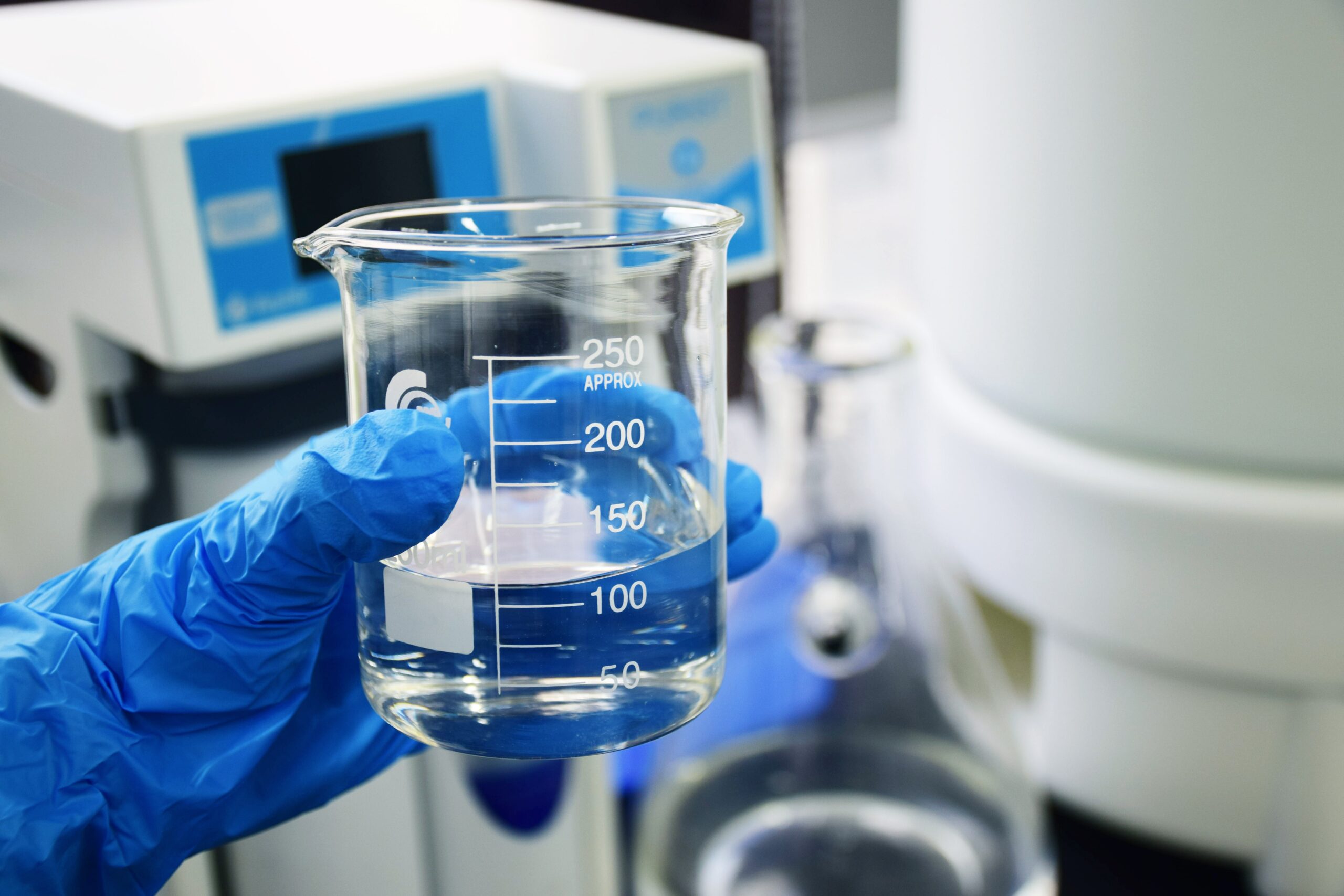‘Forever chemicals’: what are PFAS and what risk do they pose?
From waterproof jackets to anti-fog spray for your glasses, PFAS are chemicals used in a wide range of everyday products, and present in many water sources. Science suggests PFAS are a health risk for humans, but there are steps consumers can take to prevent overexposure.
What are PFAS?

PFAS are manufactured chemicals used to make all kinds of everyday products. Typically, they help to make products waterproof and greaseproof, for example they stop food sticking to cookware, help make clothes and furnishings stain-resistant, and create firefighting foam that is more effective.
Their wide variety of uses means PFAS are used in industries such as aerospace, aviation, automotive, construction, electronics, cosmetics, agriculture, textiles, food and the military.
Currently more than 4,700 different types of PFAS exist and they are used in hundreds of products globally.
One thing all PFAS have in common is that they are made of a chain of linked carbon and fluorine atoms. As the carbon-fluorine bond is so strong, scientists are unable to estimate how long PFAS take to degrade in the environment. For this reason, they have been dubbed ‘forever chemicals’.
How does water play a role as a carrier of ‘forever chemicals’?

PFAS are very easily dissolved in water, which means they are commonly released into the environment through our water systems. For example, when our wastewater is treated, PFAS may enter the system from our laundry or dishwater. The issue is not just domestic however, and also affects sites such as industrial and manufacturing facilities. Activities such as firefighting and military training exercises can also cause contamination in surface and groundwater particularly around military bases and airports.
PFAS have been detected in continents around the world, regardless of their level of industrial development, which suggests that they are also transported in the atmosphere. They have also been identified throughout the world’s oceans, and as they are highly water-soluble, ground water, surface waters and oceans are considered major sinks for PFAS.
As PFAS are also commonly present in drinking water, farmed produce and animals, they are also frequently ingested by humans.
What evidence is there of harm to human health?

PFAS have been defined as ‘persistent organic pollutants of significant concern’ and science suggests they can have adverse effects on human health and the environment.
Research is ongoing, but some studies suggest that exposure to high levels of PFAS can cause health effects such as decreased fertility, high blood pressure in pregnant women, increased risk of some cancers, weakened immune system, interference with natural hormones, increased cholesterol, risk of obesity and developmental effects or in children.
Which countries have taken action to ban them?

Some countries have taken steps to manage the problem, creating guidelines for PFAS in water. These include Canada, the United Kingdom, Sweden, Norway, Germany, and Australia.
The EU has introduced a drinking water directive that limits the level per litre in order for water to be considered safe to drink. It also plans to phase out the use of non-essential PFAS and reduce their emission through legislation.
Germany, Denmark, the Netherlands, Norway and Sweden have also said they intend to ban the manufacture of PFAS, and in 2019 Denmark became the first country to ban PFAS from food packaging.
In the US, the Environmental Protection Agency has created a list of more than 120,000 locations where people may be exposed to PFAS.
What can we do as consumers to avoid PFAS?

As PFAS are so prevalent it is not possible to avoid them altogether. But as we wait for formal legislation to be brought in, there are steps that concerned consumers can take to limit the risk of exposure.
Cooking and eating food at home can limit exposure to PFAS as they are particularly common in fast food packaging. Limiting use of non-stick cookware will also help, as will avoiding stain and water-resistant clothing and products.
Cosmetics without PTFE or FLURO ingredients have less PFAS.
Contamination of water can also be reduced by using an activated carbon or reverse osmosis filter for drinking water.